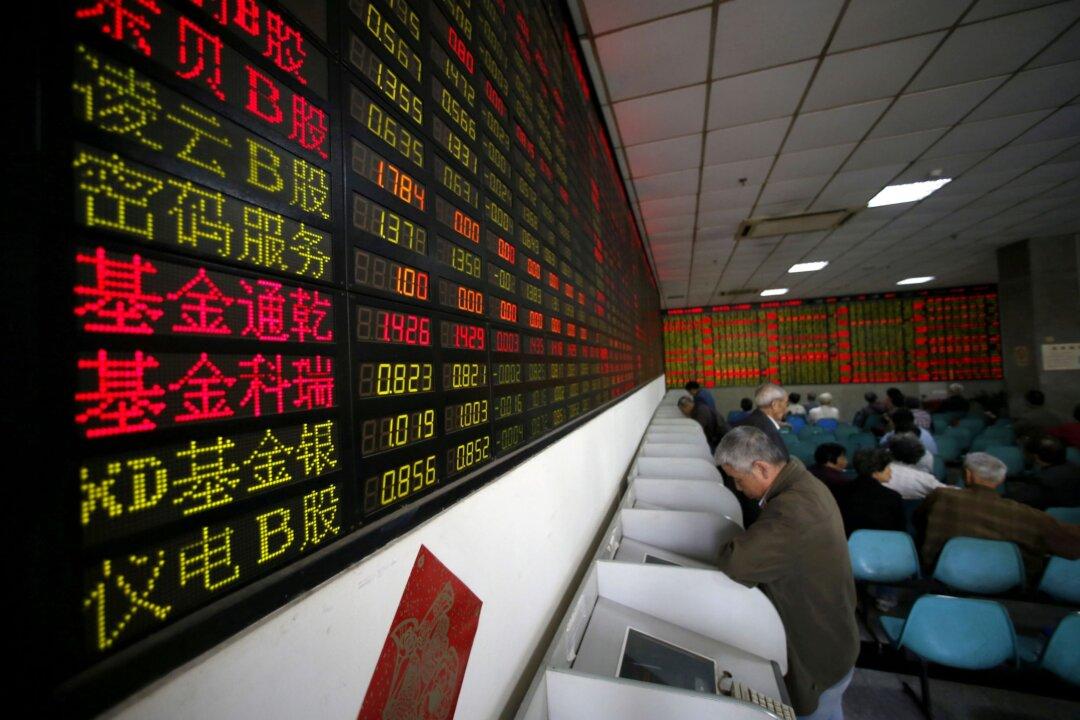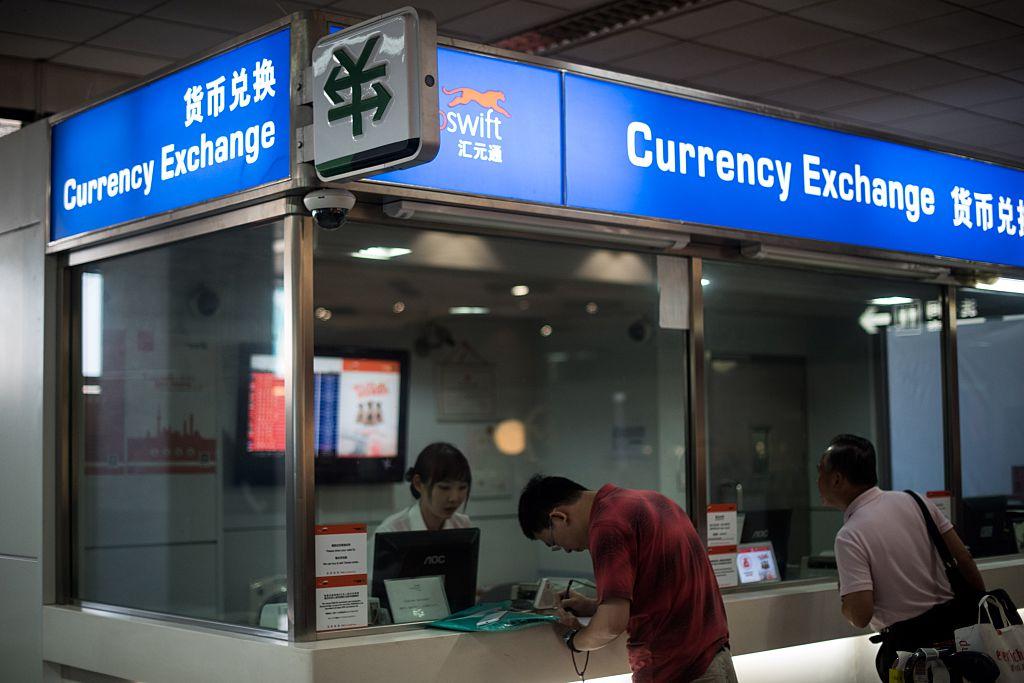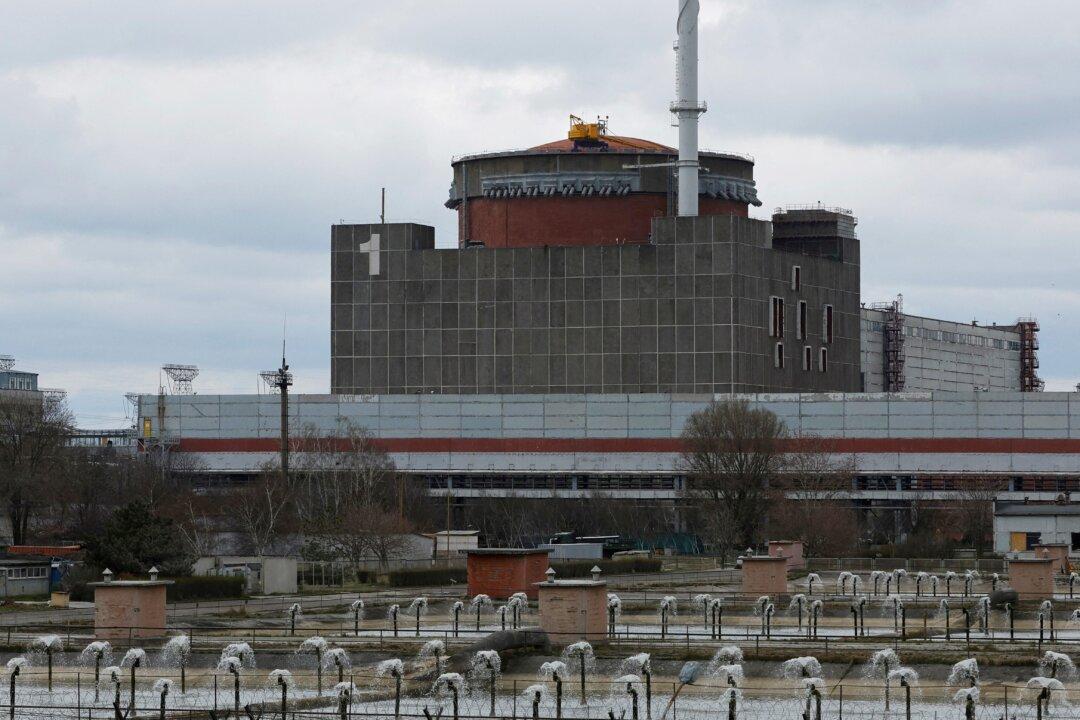In the week leading up to the Chinese New Year, Chinese stocks tumbled, with all three indexes losing more than 2.5 percent. State-run Securities Daily called on institutional investors to rescue the A-share market, which resulted in a brokerage stocks sell-off on the same day. The market then bottomed out and rebounded. But industry professionals are doubtful whether a temporary bailout can change market expectations.
On Jan. 25, 2022, China’s SSE Composite Index fell below 3,500 points to 3,433.06, a 2.58 percent drop—the biggest one-day drop in 18 months. The SZSE Component Index on the Shenzhen Stock Exchange fell 2.83 percent to 13,683.89. The Chinext Price Index (399006.SZ) fell 2.67 percent to below 3,000 for the first time since May 14, 2021.





